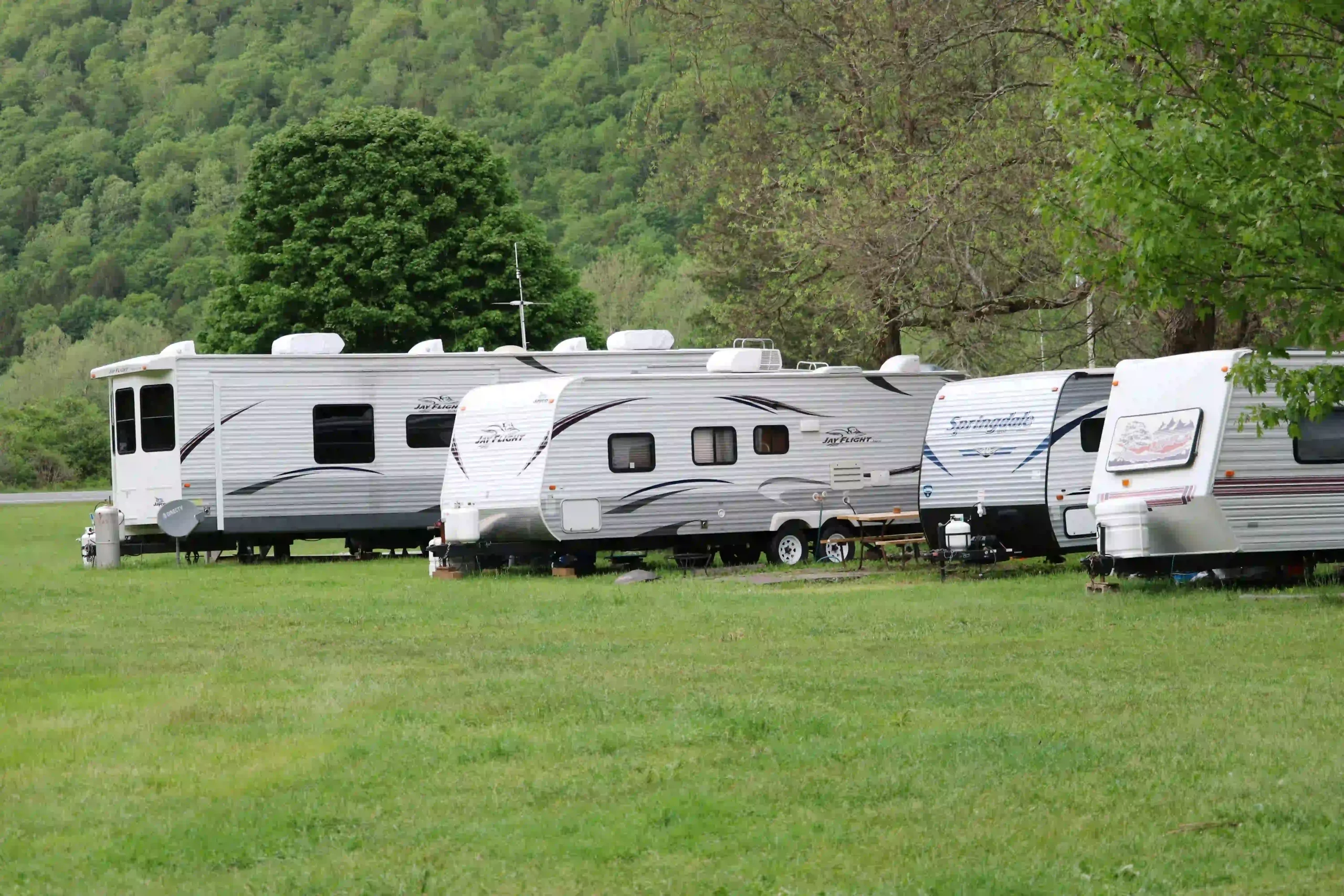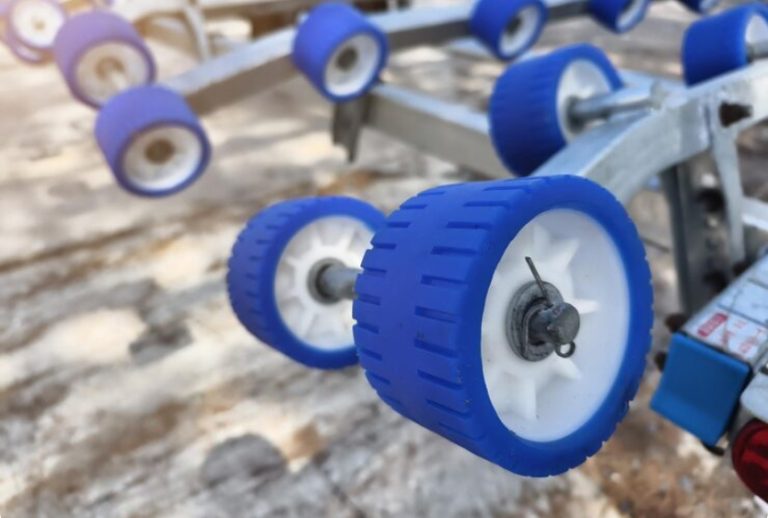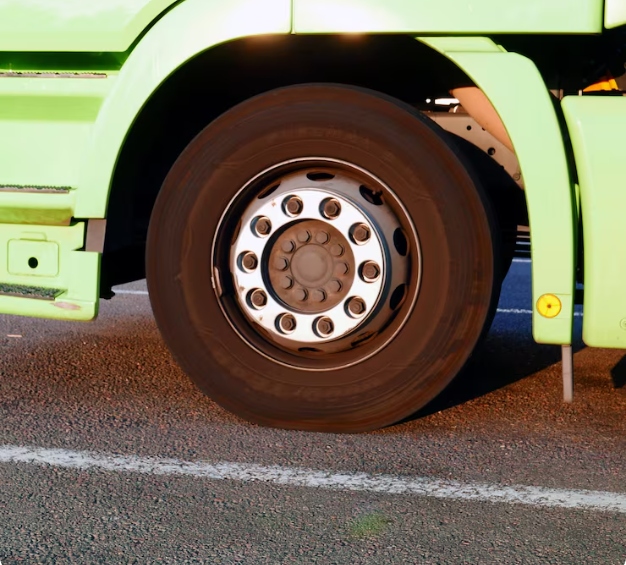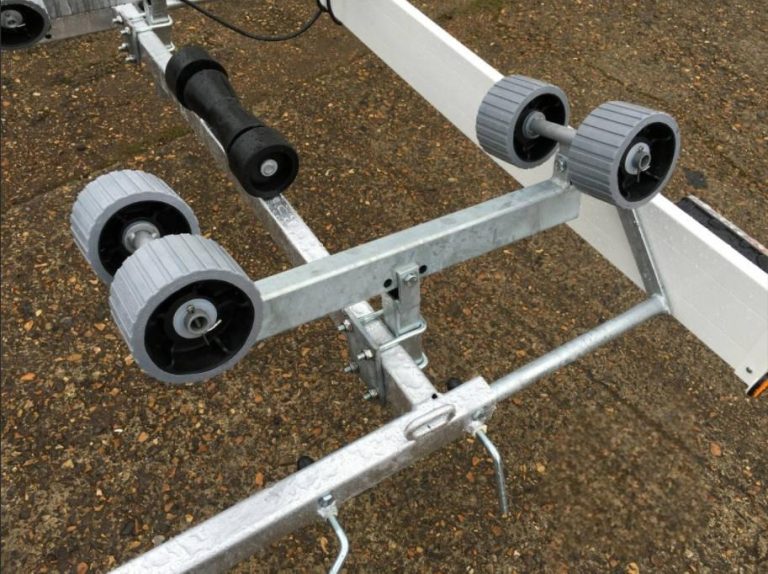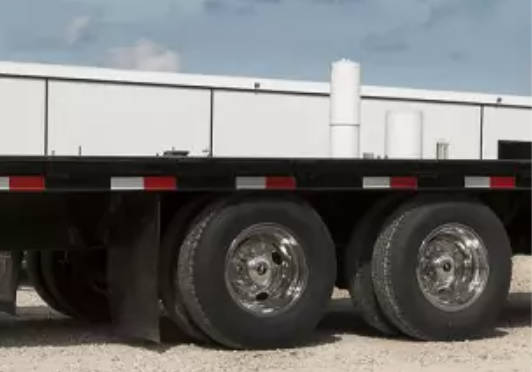Towing a trailer across Montana’s rough mountain paths can be a thrilling adventure, yet it presents distinct obstacles. Steep slopes and erratic weather demand careful planning and strict obedience to Montana’s towing regulations. This handbook offers vital legal advice and useful suggestions to guarantee your trip is both secure and lawful, enhancing your assurance on these picturesque but tough trails.
Understanding Montana’s Towing Laws
Montana’s towing rules aim to safeguard drivers, riders, and the region’s framework. Knowing these guidelines is the initial move toward protected and legitimate towing.
Trailer Registration and Licensing
In Montana, every trailer must be enrolled and show a current permit tag. For off-road trips, like on mountain paths, you need a lasting off-road sticker, obtainable from your local treasurer’s office. On paved routes, your trailer must be road-approved and bear a back permit tag. Ignoring this can lead to penalties or towing troubles.
Weight and Size Limits
Montana sets firm boundaries on trailer measurements and mass:
- Greatest Width: 8 feet 6 inches (not counting mirrors or protective gear).
- Top Height: 14 feet.
- Longest Length: 65 feet for a lone trailer setup; 75 feet for certain truck-trailer pairs (like those carrying timber).
- Mass Limit: Gross Vehicle Weight Rating (GVWR) must stay below 80,000 pounds unless part of a mixed vehicle.
Going beyond these caps can trigger fines and risky towing situations, particularly on tight mountain trails.
Braking Requirements
Trailers heavier than 3,000 pounds GVWR require a separate braking setup that works together with the towing vehicle’s brakes. For lighter ones (under 3,000 pounds), brakes are needed if the trailer’s mass surpasses 40% of the towing vehicle’s GVWR. This ensures steadiness on sharp drops typical in Montana’s highlands.
Safety Equipment
Montana rules demand certain protective tools:
- Security Chains: Essential for all trailers, firmly linked to the towing vehicle’s base (not merely the hitch).
- Illumination: Trailers must have working rear lights, stop signals, turn indicators, and reflectors.
- Breakaway Brakes: Compulsory for trailers over 3,000 pounds, built to kick in automatically if the trailer breaks free.
These essentials are crucial for clear sight and firmness on twisty, elevated paths.
Safe Towing Practices for Montana Mountain Roads
Besides following the law, mastering cautious towing methods is key to handling Montana’s tricky landscape.
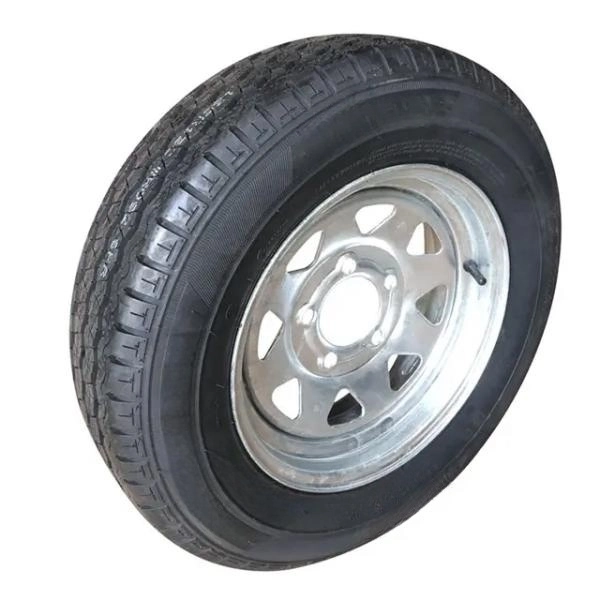
Preparing Your Vehicle and Trailer
Before you depart, ensure your gear is fit for the highlands:
- Examine Tires: Use all-terrain trailer tiresdesigned for harsh terrain, and check air pressure.
- Review Hitches: Verify your trailer hitchsuits your load’s heft and is tightly secured.
- Try Brakes: Confirm that brakes on both vehicle and trailer respond well.
- Balance Load: Spread weight evenly to avoid wobbling on steep slopes.
A before-trip list cuts dangers and boosts handling.
Driving Tips for Mountain Conditions
Montana’s mountain trails call for careful navigation:
- Pace Limits: The top speed for towing is 65 mph on highways and 55 mph elsewhere, unless signs say less. Slow down for weather or path shifts.
- Downhill Mastery: Use lower gears, not brakes, to manage drops. This prevents brake wear.
- Uphill Travel: Keep a steady pace, but don’t push your engine too hard.
- Weather Watch: Snow, ice, and mist often hit—so pack tire chainsand review predictions.
These tactics keep you protected on unsteady inclines.
Handling Emergencies
Towing in mountains can bring sudden challenges:
- Failures: Bring a simple tool set, an extra tire, and survival items like water and covers.
- Stalled Vehicles: Use grip mats or pebbles if tires slip on ice or sludge.
- Clear Sight: Set out warning markers or flares if halted on slim paths, per Montana’s tow truck rules.
Readiness shrinks setbacks and threats.
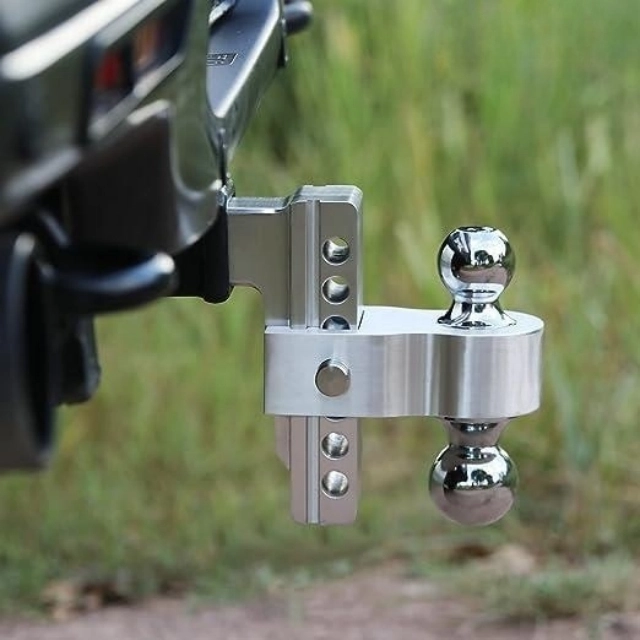
Montana Mountain Road Towing: Key Legal Considerations
Here’s a concise chart outlining Montana’s towing rules for mountain trips:
| Feature | Rule |
| Enrollment | Current permit tag; off-road sticker for paths, road-legal for highways |
| Width | Max 8’6” (not including mirrors) |
| Height | Max 14’ |
| Length | Max 65’ (lone setup); 75’ (specific truck-trailer pairs) |
| Mass | Max GVWR 80,000 lbs |
| Brakes | Needed over 3,000 lbs GVWR; or if >40% of towing vehicle GVWR for lighter |
| Security Chains | Required, fixed to base |
| Illumination | Rear, stop, turn signals, reflectors needed |
This chart aids in confirming obedience before you go.
Additional Tips for Compliance and Safety
Seasonal Considerations
Montana’s peaks face harsh seasons:
- Cold Months (Oct 1–Apr 30): Trucks over 26,001 GVWR towing must carry grip tools (like chains) unless 4WD-equipped.
- Spiked Tires: Permitted Oct 1–May 31, great for icy trails.
Prepare well to dodge legal or safety snags.
Local Ordinances
Certain Montana areas or towns might enforce tougher rules, especially near mountain gaps. Reach out to local officials or the Montana Department of Transportation for news.
Insurance and Liability
Though not a legal must for trailers, coverage shields against crashes or harm—frequent risks in high areas. Make sure your plan includes towing details.
Why Choose GO Trailer for Your Towing Needs?
When towing through Montana’s peaks, dependable gear is a must. GO Trailer, a reliable provider of trailers and parts, delivers top-notch options for each trip. From sturdy hitches to tough tires, GO Trailer ensures your rig meets legal norms and thrives under strain. With a focus on protection and client happiness, they’re your ideal ally for mastering Montana’s trails.
FAQs: Towing in Montana Mountain Roads
1. What’s the top towing pace on Montana mountain trails?
The legal cap is 65 mph on highways and 55 mph on other paths unless signs note less. Still, ease up on steep or icy slopes for safety.
2. Do I need brakes on my trailer if it’s below 3,000 pounds?
Brakes are only vital if the trailer’s heft tops 40% of your towing vehicle’s GVWR. Always review your exact rig to ensure it’s lawful.
3. Can I tow two trailers in Montana’s peaks?
Yes, but the total length can’t pass 65 feet (or 75 feet for certain pairs). You’ll need proper permits and gear. Mountain ground adds difficulty, so move carefully.
Conclusion
By sticking to Montana’s towing rules and using cautious habits, you can relish the state’s gorgeous mountain paths with calm. Gear up with the right tools, stay updated, and drive wisely—your journey beckons!


